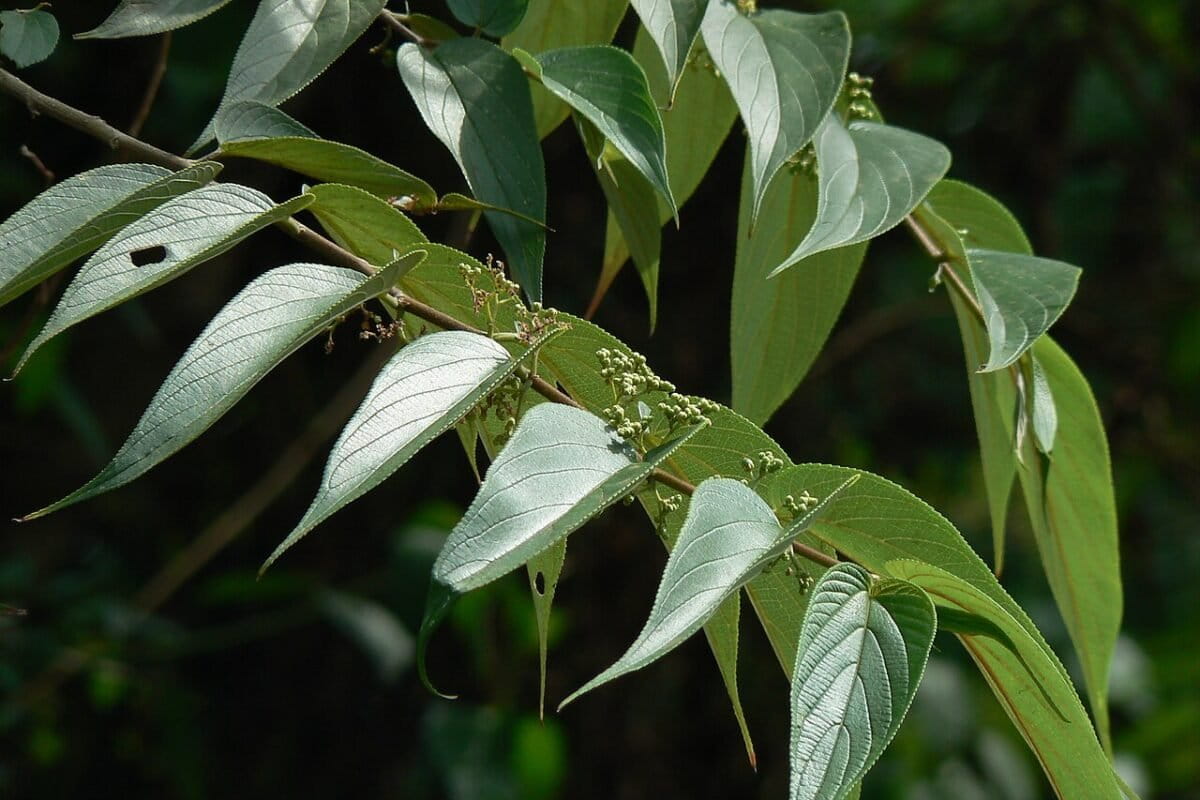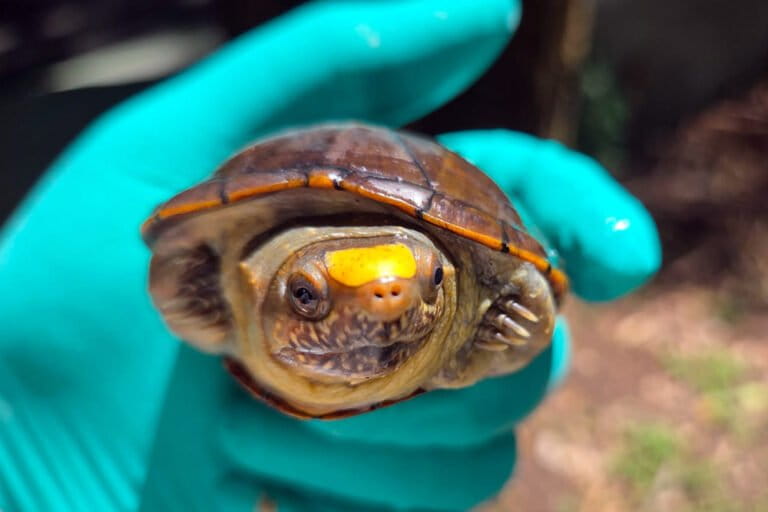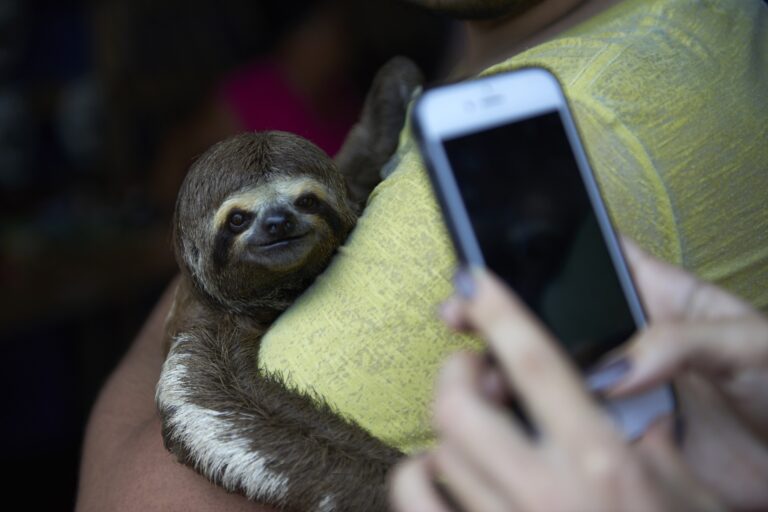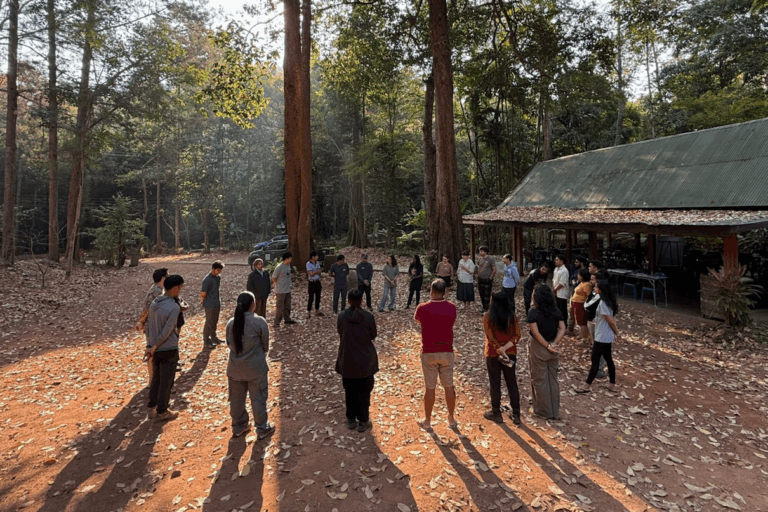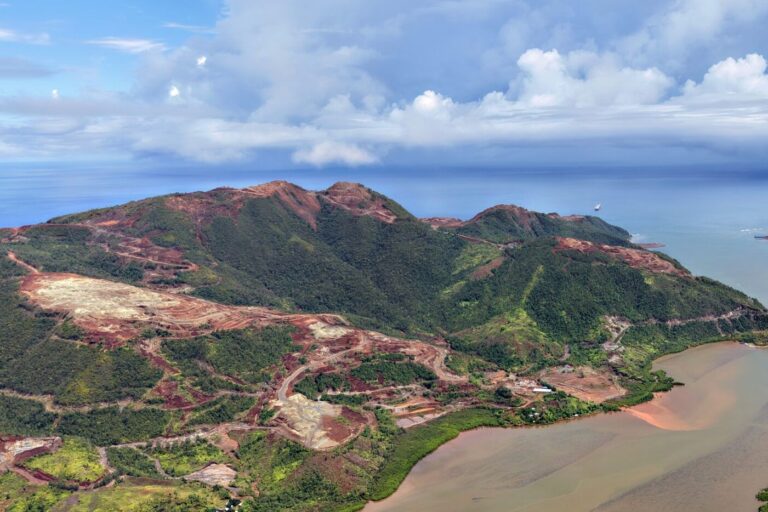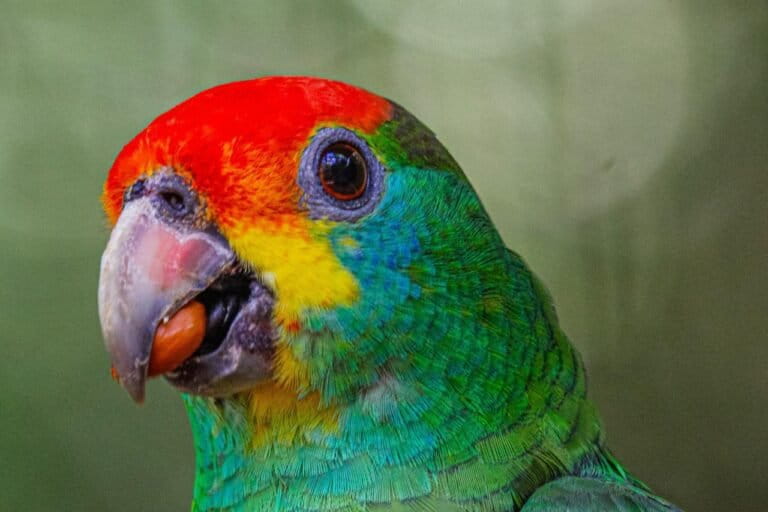- An international team of biologists has discovered a new species of gecko in small forest fragments in southeastern Madagascar.
- Due to its extremely limited range, researchers say it should be classified as critically endangered.
- The management of these forests by local communities offers a significant advantage for the species’ conservation, according to the research team.
ANTANANARIVO — An international team of biologists has identified a new species of gecko in small forest remnants of southeastern Madagascar. Named Paragehyra tsaranoro, the lizard is microendemic to isolated patches of community-managed forests west of Andringitra National Park, highlighting the remarkable biodiversity found there.
Fieldwork to identify the tsaranoro gecko was led by Francesco Belluardo from the Department of Biosciences at the University of Molise in Italy. The team found the new gecko species in small patches of montane forest in Tsaranoro, Ambatomainty and Iantaranomby. This nocturnal and elusive gecko shows a particular preference for rocky habitats, where its mottled brown skin blends almost perfectly with the surrounding stone.
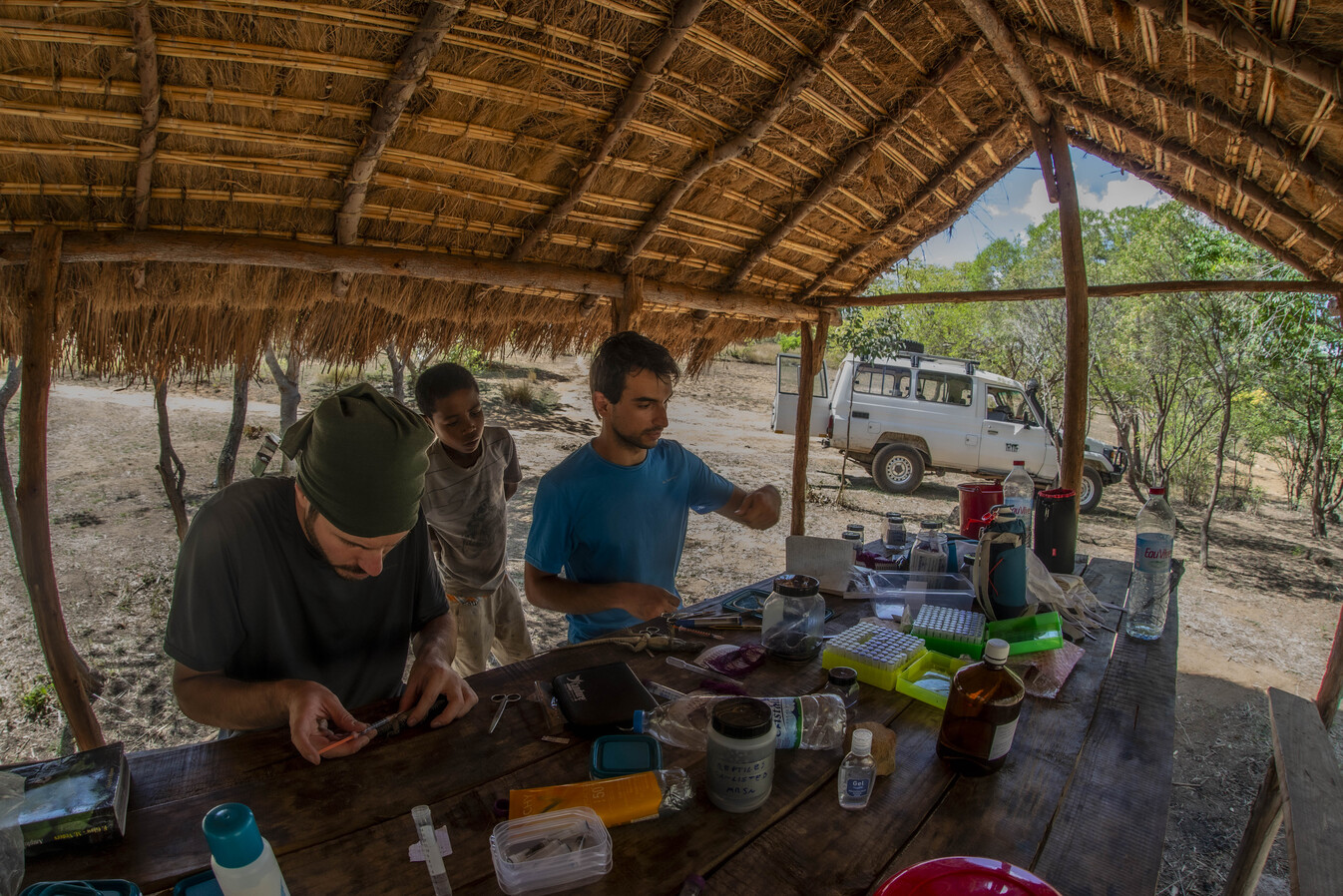
The forests around these sites are highly fragmented after decades of deforestation. While Andringitra National Park protects much of the massif, it doesn’t include the western slopes, where only a few patches of forest remain.
“It’s not certain that its range is limited to these areas,” said Nirhy Rabibisoa, a lecturer and researcher at Madagascar’s University of Mahajanga, who wasn’t involved in the study.
“It often happens that a species is initially thought to be microendemic, but later turns up elsewhere,” he added, citing the case of Blaesodactylus antongilensis, a gecko native to the dense rainforests of northeastern Madagascar.
Even so, the study’s authors argue that P. tsaranoro should be listed as critically endangered on the IUCN Red List — a mournful irony for a species has only just been identified.

Local communities have a key role in conservation
Madagascar’s reptile fauna face mounting pressures, largely from habitat loss.
The description of P. tsaranoro raises the number of scientifically recognized Malagasy geckos to 150. In total, 439 native reptile species have been described on the island — 98% of them endemic — and roughly a third confined to areas smaller than 1,000 square kilometers (390 square miles).
Yet the forests where the tsaranoro gecko was discovered are relatively well-preserved, thanks to local communities who regard them as sacred sites where funeral rites are performed. According to the study’s authors, this cultural protection has played a key role in safeguarding the gecko and reducing human impact on its fragile habitat.
A local guide accompanied the research team at all times to facilitate communication with nearby communities, said Malalatiana Rasoazanany, a member of the expedition and a researcher in the Department of Animal Biology at the University of Antananarivo. “It was a challenge, because we had to convince the local communities that we were there to study, not to exploit,” she told Mongabay.
“Someone from the village always accompanied us, both to assist in the work and to confirm that we were respecting the fady and not damaging the site,” she added. In Madagascar, fady are cultural taboos that govern sacred places, and often play a role in protecting the natural environment.
“The involvement of the local community is essential, because once they understand the value of a species, for example for ecotourism, they are more motivated to protect it,” Rasoazanany said.

Decades of trafficking taking its toll on Madagascar’s herpetofauna
Geckos, like many other Malagasy animals, including tortoises, have long been subject to both legal and illegal trafficking. Some species, such as Uroplatus pietschmanni (commonly known as the cork-bark leaf-tail gecko), an endangered gecko species endemic to the Fiherenana rainforest in the island’s southwest, fetch high prices on the international market.
Zoologist Franco Andreone, a co-author of the paper and curator at the Regional Museum of Natural Sciences in Turin, Italy, said better regulation of this trade could actually aid conservation.
“Wildlife trafficking is often stigmatized. But in reality, if I may be a little unorthodox, it could provide income for local populations. They would then recognize the species’ value and want to protect both the animals and their habitats to ensure sustainable collection,” he said.
“But this strategy only works if the trade is legal and properly regulated. If it’s illegal, the profits go only to the traffickers,” Andreone cautioned.
Implementing such an approach would be especially challenging in Madagascar, where poverty is widespread and corruption remains high; the country ranked 140th out of 180 in Transparency International’s Corruption Perceptions Index for 2024.
Scientific research in herpetology faces its own hurdles, including limited technical and financial resources, a shortage of national specialists, poor road infrastructure for fieldwork, and a host of other obstacles.
This story was first published here in French on Aug. 25, 2025.
Banner image: Paragehyra tsaranoro. Image courtesy of Javier Lobón-Rovira.
Wave of arrests as Madagascar shuts down tortoise trafficking network
Slash-and-burn farming eats away at a Madagascar haven for endangered lemurs, frogs
Citations:
Belluardo, F., Piccoli, C., Lobón-Rovira, J., Oliveira Alves, I., Rasoazanany, M., Andreone, F., … Crottini, A. (2025). A new microendemic gecko from the small forest fragments of south-eastern Madagascar (Squamata, Gekkonidae, Paragehyra). ZooKeys, 1240, 1-38. doi:10.3897/zookeys.1240.151016
FEEDBACK: Use this form to send a message to the author of this post. If you want to post a public comment, you can do that at the bottom of the page.





